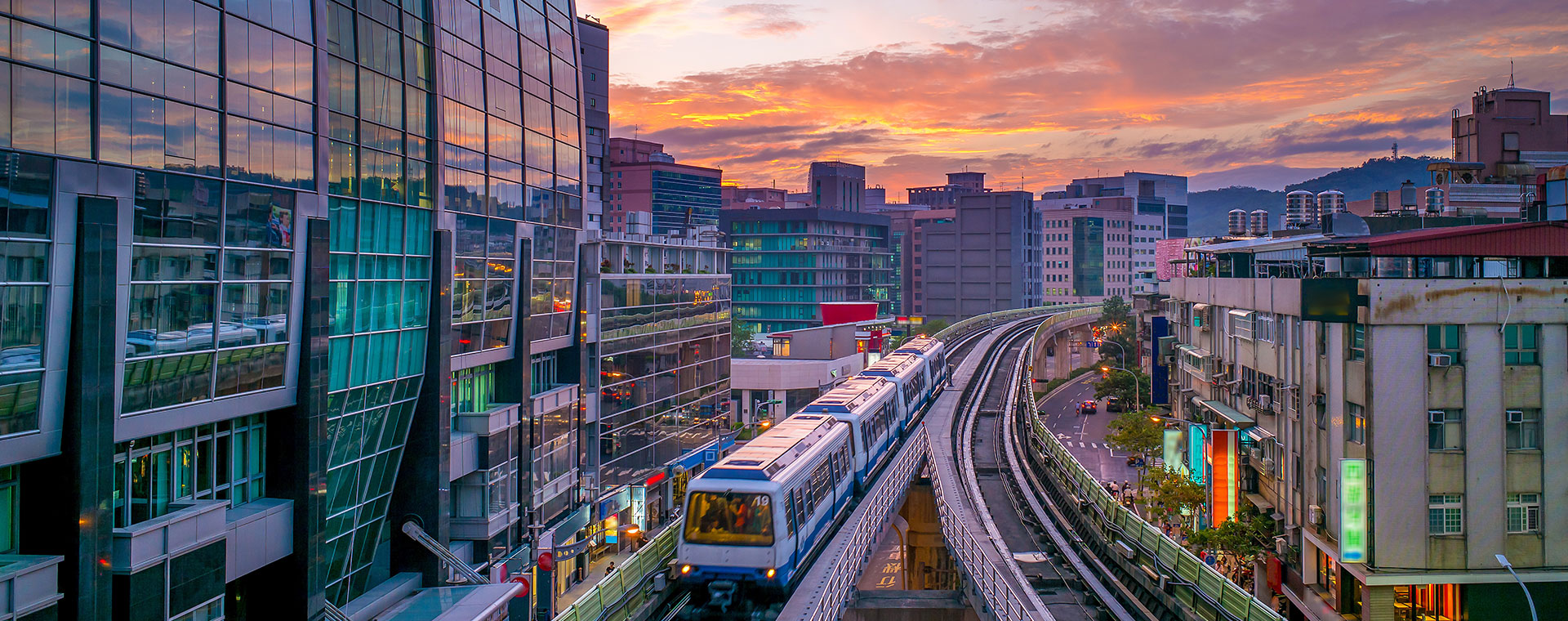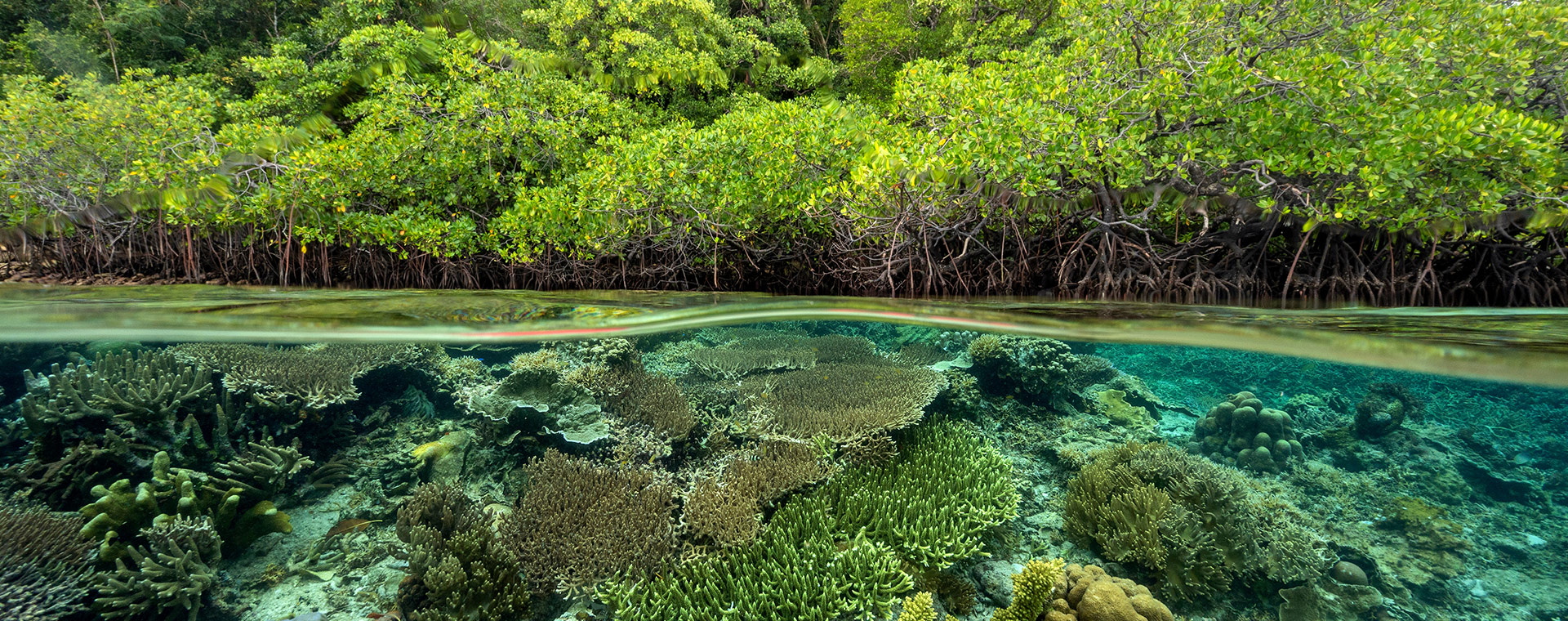Insights
Infrastructure
Are we on track to adapt our infrastructure networks with our growing needs by 2050?
-
Charlotte Halpern
FNSP tenured researcher at Sciences Po Paris’ Centre for European Studies and Comparative Politics

In recent years, the adaptation of transport infrastructure has emerged as a major issue on the agenda of all international organizations.
However, it is urgent to clarify the transport needs which will arise by 2050 within the context of climate change. Indeed, the notion of adaptation is ambiguous. For too long, there has been an implicit assumption that adapting infrastructure networks and systems to growing needs means accommodating transport demand with increased capacity. As highlighted in IPCC reports, concerns have multiplied regarding the limitations of the conventional approach to adapting infrastructure. There is a need to extend beyond this narrow understanding and adopt a broader perspective. This broader perspective would underpin an ambitious adaptation agenda, supporting a holistic approach to transport infrastructure, including climate policy goals and wider socio-ecological objectives.
Taking stock, three major approaches to infrastructure adaptation can be identified. *
A first approach — which is dominant within the transport sector — consists of addressing adaptation challenges according to needs and mobility patterns by 2050. When there’s increased congestion in a transport network, the typical response is to consider adding capacity by building a new motorway or developing a new line or an extension to an existing infrastructure. Granted, many countries and cities in Europe (and beyond!) have identified the need to invest massively in sustainable infrastructure networks and systems. Shifting from car-oriented mobility requires developing robust sustainable alternatives, such as railways and public transport systems, or cycling infrastructures. In Europe, recent debates have focused on night train services, the development of a Trans-European Transport Network (TEN-T) cycling network and the completion of the TEN-T railway network. In Portugal, the proposed high-speed line between Lisbon and Porto provides a good example. Similarly, efforts have been directed EU-wide towards increasing capacity beyond the scope of large urban areas and main roads. For example, Lithuania’s resilience and recovery plan aims to modernize and expand infrastructure networks in secondary cities, with an increased focus on sustainable transport alternatives, including public transport, cycling, and walking.
A slightly different approach involves increasing capacity by optimizing existing networks and infrastructures. In this context, adaptation is framed under debates about maintenance, digitalization, and flow management. Examples include efforts to develop data analytics to provide a precise and time-sensitive overview of needs and mobility patterns and adapt the regulatory framework accordingly. Similarly, many resources have been allocated to the deployment of smart technologies across transport networks to monitor and manage transport flows.
A third approach — insufficiently explored to date — entails adapting infrastructure networks in the context of climate change. In the wake of global warming, there’s a pressing need to rethink infrastructure management with respect to planetary boundaries and the carbon emission targets set under the Paris agreement for 2050. This has prompted new efforts to gradually exit the “Predict and Provide” mindset and replace it with a back-casting approach.
In contrast to framing debates around transport demands based on existing limitations, it becomes possible to start from the desired goals and then trace back to the present. This provides a timely opportunity to develop a more holistic approach to infrastructure adaptation, as well as address solutions outside the transport sector, including transformative measures such as space reallocation, governance reforms and participatory planning processes.
Are these three approaches mutually exclusive from one another? Surely, they have different cost implications, and their objectives may not always align. While acknowledging that there isn’t a “one-size-fits-all” answer, EU countries should nevertheless adopt a holistic approach emphasizing climate and ecosocial concerns. As extreme climate events continue to threaten infrastructure networks, climate change concerns cannot, and should not, be understated in decision-making.
*This article draws on findings from European Union funded research (Horizon 2020 programme), under the MORE (grant agreement No 769276) and the CIVITAS SUMP PLUS project (Grant n° 814881). This document reflects only the author’s view, and the Commission is not responsible for any use that may be made of the information it contains.
-
 Insights
Design
Insights
Design
Mobility of tomorrow and urban design: do citizens have a say in what their cities look like?
Edith Maruéjouls, Founder of the Design Office L'ARObE
A city that adopts an inclusive approach to urban planning is one that rethinks the status of women and the gendered nature of public spaces. -
 Insights
Design
Insights
Design
Urban design and the mobility of tomorrow: do citizens have a say in what their cities look like?
Lior Steinberg, Urban planner and cofounder of Humankind
I believe that, in tomorrow’s world, cars will have retreated from our cities. -
 Insights
Biodiversity
Insights
Biodiversity
How can we integrate urban biodiversity into our transportation systems?
Darmet Pierre, Director of Marketing, Communication, and Business development at Les Jardins de Gally
Today, we are not just dealing with biodiversity loss; we are witnessing a true collapse. -
 Insights
Infrastructure
Insights
Infrastructure
Are we on track to adapt our transportation infrastructure with our growing needs by 2050?
Currie Graham, Professor of Public Transport at Monash
The model of the 20th century - what we call the “Predict Provide Paradigm”, where urban planners would predict the amount of vehicle infrastructure, provide them, and segregate traffic - is no longer sustainable. -
 Edito
Walking
Edito
Walking
Is walking the primary form of urban mobility?
Jim Walker, Founder Walk21 Foundation
Tomorrow’s urban mobility will be much like todays in that walking will continue to be an essential part of trips.


